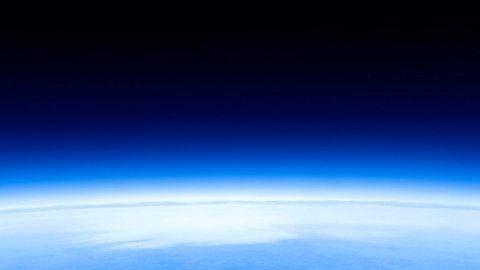Introduction to atmospheric pollution
Key points
- Some human activities release polluting gases into the atmosphere.
- These gases can have immediate impacts on the environment and human health, and long-term effects on the planet.
A video about atmospheric pollution
An experiment to show how carbon dioxide absorbs heat
Above the Earth’s surface there is a layer of gases known as the atmosphere. It not only provides the oxygen we need to survive, it also acts like a blanket trapping enough of the Sun’s heat for life on Earth to thrive.
Some of the gases like carbon dioxide and methane are known as greenhouse gases. They trap heat, so more of these gases that are in the atmosphere, the hotter the Earth gets. This is called global warming.
But don’t just take my word for it there’s an experiment we can do to demonstrate this.
I have two identical bottles here which I’m going to fill with water about halfway.
Now I’ll cover the top of the bottles and make a small hole for thermometers to go in.
If I drop these effervescent tablets into one of the bottles and cover it immediately, then the carbon dioxide being released in these bubbles goes into the air, here, above the water.
If I record the temperature for each bottle we can see that they are both about the same temperature at this stage.
Now I need to add the heat and for that I’m going to use this lamp to represent the sun. I’m just making sure that it’s shining on both bottles equally.
Now I’m going to record the temperature in both bottles straight away, and then again, every two minutes for twenty minutes.
You can see from my results here that the temperature in the bottle with more carbon dioxide has continued to rise more quickly than the other bottle throughout. So, we can conclude that the carbon dioxide has absorbed more heat, trapping it in the bottle.
Greenhouse gases come from lots of different sources. Methane is released from livestock and rice farming, while carbon dioxide is released through burning wood and fossil fuels like coal, oil and natural gas. Since trees absorb carbon dioxide, deforestation can also increase carbon dioxide in the atmosphere.
Most scientists agree that global warming is causing drastic changes in weather patterns and sea levels, resulting in increased floods, fires and droughts. This is having a huge impact on our ecosystems and for people all around the world.
Which gas makes up the majority of the atmosphere?
80% of the Earth’s atmosphere is made up of nitrogen. The rest is mostly oxygen, with tiny amounts of other gases.
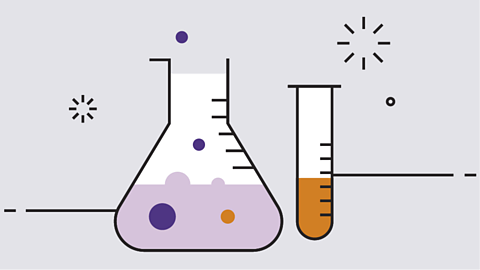
Greenhouse gases
greenhouse gas Gases such as water vapour, carbon dioxide, and methane in the Earth’s atmosphere that trap heat. are gases in the atmosphereThe atmosphere is the layer of gases surrounding a planet. that act like a blanket around the Earth, trapping the heat that radiateTo spread out in the form of rays from the surface of the Earth and preventing it from escaping back out into space. This is called the greenhouse effect, and it’s what keeps the Earth warm enough to sustain life. Without greenhouse gases, the Earth would be too cold at night for plants to grow or for animals to survive.
There are three main greenhouse gases:
- carbon dioxide (CO₂)
- methane (CH₄)
- water vapourA gas formed when a liquid evaporates or boils. (H₂O)
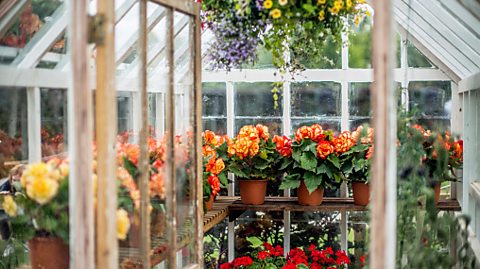
Greenhouses work by trapping heat that has come from the Sun, helping the plants inside the greenhouse to grow.
Greenhouse gases act in a similar way, trapping the heat that radiates from the surface of the Earth (as a result of it being heated by the Sun). This process keeps the Earth warm enough to sustain life.
The diagram shows how greenhouse gases work.

A certain amount of greenhouse gases are needed to keep our atmosphere warm, but human beings have been producing increasing amounts of greenhouse gases over the last two centuries.
The Earth’s layer of greenhouse gases is now too effective at trapping heat and the planet is heating up.
What happens if there aren't enough greenhouse gases?
600 to 800 million years ago the Earth's atmosphere contained so few greenhouse gases that there was no greenhouse effect at all. As a result the Earth was so cold that it was covered with ice.

How are greenhouse gases produced?
Small amounts of greenhouse gases are produced by natural processes.
For example:
- volcanoes produce carbon dioxide
- rotting plants and animals produce methane
Many human activities also produce greenhouse gases, including burning fossil fuels, farming and deforestation.
1. Burning fossil fuels
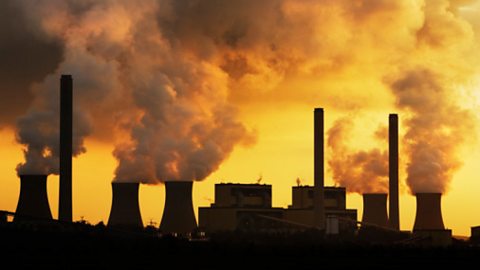
Carbon dioxide is released by burning fossil fuelA fuel which was made millions of years ago from the remains of dead plants or animals. Examples include coal, natural gas and the fuels which we get from crude oil (eg petrol and diesel).. Fossil fuels include coal, gas and anything made from crude oil, such as petrol.
When fossil fuels are burned they release energy, which can be used to generate electricity and power engines. Fossil fuels are used in factories and in transport, such as cars, lorries, planes and large ships.

2. Farming
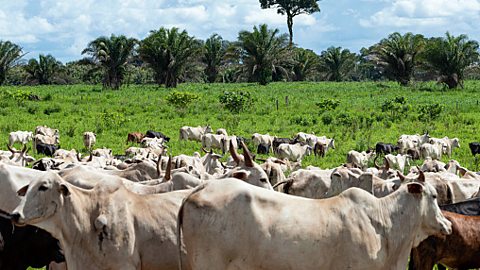
Farming produces greenhouse gases.
For example, methane is produced by:
- microbes that grow in flooded paddy fieldA flooded field where rice is grown. (rice)
- the digestive processes of livestockFarm animals kept for profit such as cows, sheep or goats. in farming
Livestock such as cows and sheep produce large quantities of methane in their gut when they digest their food, which their bodies then release as gas.
Humans continue to consume more and more animal products, such as milk and meat. The increased demand for these products has led to a larger number of livestock being farmed. A larger number of livestock creates a greater amount of methane emissions.

3. Deforestation
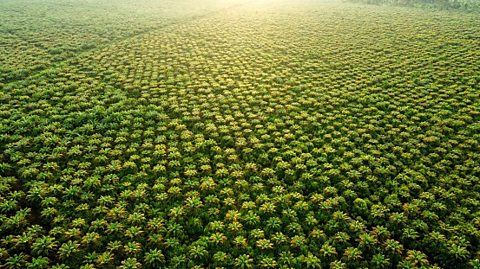
As the human population on Earth increases, more land is needed for farming, housing and industry. This means that forests are cut down and burned to make space through deforestation.
Deforestation produces greenhouse gases in the following ways:
- cutting down trees stops them from absorbing carbon dioxide through photosynthesisA chemical process used by plants to make glucose and oxygen from carbon dioxide and water, using light energy. Oxygen is produced as a by-product of photosynthesis. Algae subsumed within plants and some bacteria are also photosynthetic.
- burning trees that have been cut down releases the carbon dioxide stored in them into the atmosphere
Learn more about deforestation in Brazil in this KS3 geography guide.

Are there ways to reduce the methane released by livestock?
A breed of sheep on the Scottish island of North Ronaldsay eats only seaweed. This breed produces much less methane in its gut than other similar sheep. In order to limit methane release from livestock, their diet must be taken into consideration.

Greenhouse gases and climate change
As a result of human activities, the levels of greenhouse gases in the upper atmosphere are rising rapidly. These greenhouse gases are causing a lot more heat energy to be trapped in the atmosphere. As a result, the overall average temperature of the Earth is increasing. This is known as global warmingThe increase in Earth’s average temperature, caused mainly by the build-up of greenhouse gases in the atmosphere..
Global warming is leading to climate change, which is already having many serious impacts on our planet.
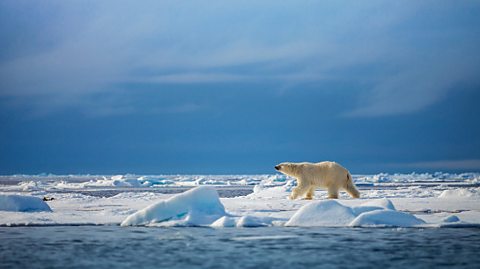
Climate and weather
Hot areas of the world are getting hotter and drier, and wet areas are getting wetter.
More extreme weather events such as heatwaves, forest fires, storms, droughts and floods, are leading to the loss of food crops and damage to people’s homes and lives.
Land ice in polar regions and on glaciers is melting which leads to rising sea levels, threatening the homes of millions of people who live on coasts or by rivers.
Impacts on habitats
Forest fires, flooding and droughts are irreversibly changing habitatThe place where an organism (plant, animal or person) lives. on the land.
Habitats in the oceans, like coral reefThese are underwater habitats filled with coral, a living organism that has a hard skeleton that looks like rock. , are in danger of being lost completely.
Wildlife
Populations of plants and animals may decrease in number or become extinctAn organism that is no longer in existence. because they can’t adapt quickly enough to survive in a changing climate.

Actions to reduce climate change
Many people are interested in how they can reduce the impacts of climate change. Some are choosing to make changes to their lifestyle to reduce greenhouse gas emissions.
| Changes being made | Impact | |
|---|---|---|
| Transport | Choosing to walk or cycle, or to take the bus or train, instead of driving a car | Less petrol or diesel is used, which reduces carbon dioxide emissions |
| Shopping habits | Buying fewer products like clothing or electronic goods | Fewer products bought means less fossil fuels needed to transport to restock, less deforestation and mining for raw materials for electronics |
| Diet | Consuming more plant-based products instead of animal products | Decreases the demand for animal products which decreases the overall emissions from farming livestock |
How are farmers helping to create change?
Farmers are beginning to take action to reduce how much methane their livestock produce. Some farmers are adding supplements to their animals’ food. Others are collecting the methane gas in cow dung. This methane can be used to generate electricity.

Working scientifically
Bias in science is when someone’s opinions and beliefs affect the way that they understand, interpret and explain evidence or results from an investigation.
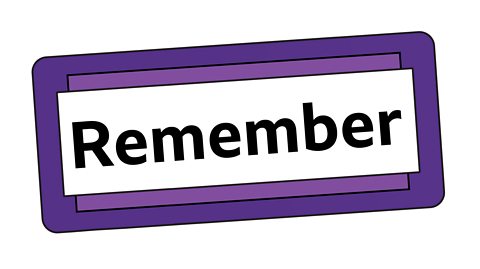
If someone is not biased it means they only look at facts and evidence which is trustworthy. They then reach a balanced conclusion supported by facts and evidence.
Read the following statements. Can you work out whether each statement is biased or not? Try to consider if there are factors which would influence each person's opinion.
'The evidence is very clear that the average temperature of the Earth’s atmosphere and oceans is increasing. But the evidence that humans are causing this global warming is not certain.'
Mrs M, Publicity Manager for one of the UK’s largest petrol companies.
This statement is likely to be biased.
This is because Mrs M works for a company that makes a profit from selling fossil fuels and she may not be correctly interpreting the evidence. Burning fossil fuels releases greenhouse gases. Mrs M’s job in the company is publicity, so that means she wants her company to look good to the public.
'Having been a climate scientist for over 30 years, and having presented my results on greenhouse gases and global warming to other scientists all around the world, I am in no doubt that humans are causing climate change.'
Professor A, Climate Scientist, University of Cairo.
This statement is not likely to be biased.
Professor A is an expert in researching climate science and her work has been checked by lots of other scientists to make sure that her conclusions are backed up by evidence.
'It is obvious that farming rice is causing global warming because it releases lots of methane, so all the people who rely on rice in east Asia should start eating bread instead.'
Mr D, Director of Science, Forward Flour Mills Ltd.
This statement is likely to be biased.
This is because Mr D works for a company that sells flour which could benefit if more people started to make bread. His reasoning is also flawed. Rice is the most important source of food for more than half of the world’s population, and it is grown in countries where wheat (which is used to make bread) cannot easily be grown.
Find out more about bias in science in this Working scientifically guide.
Test your knowledge
Quiz
GCSE exam dates 2025
Find out everything you need to know about the 2025 GCSE exams including dates, timetables and changes to exams to get your revision in shape.

More on The Earth and atmosphere
Find out more by working through a topic
- count2 of 8
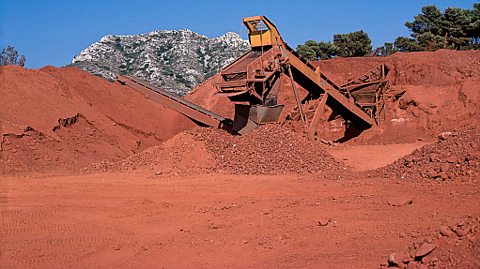
- count3 of 8
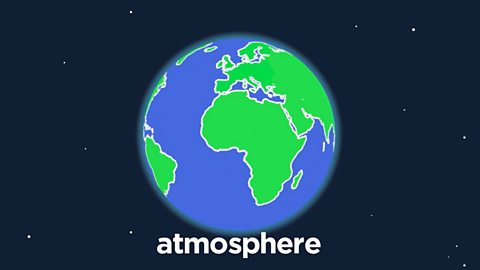
- count4 of 8
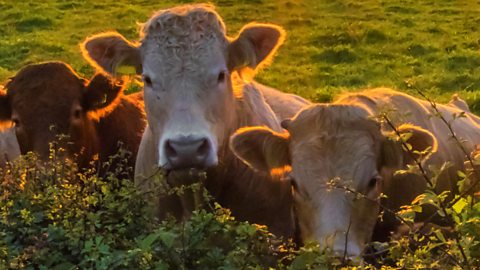
- count5 of 8
